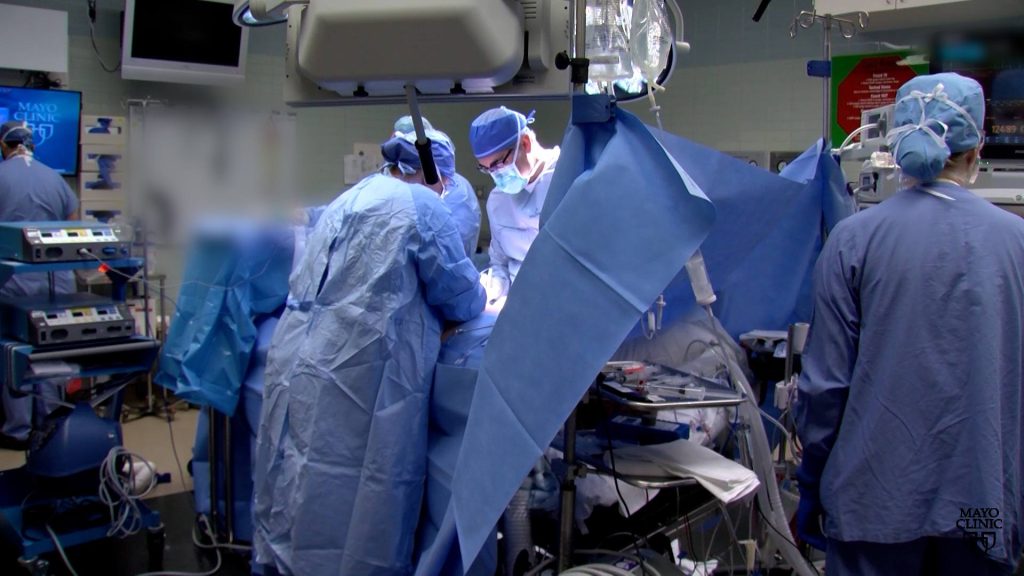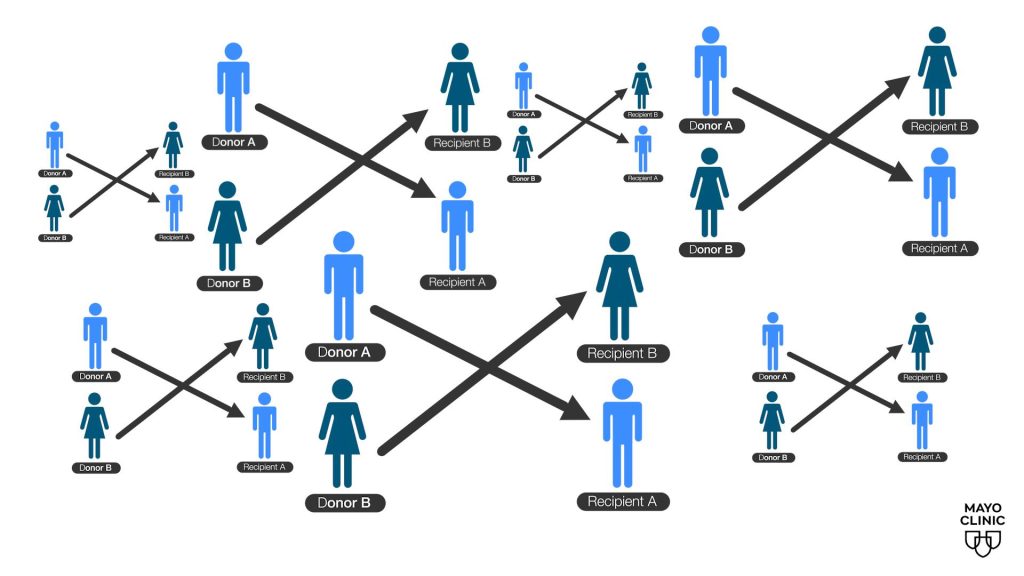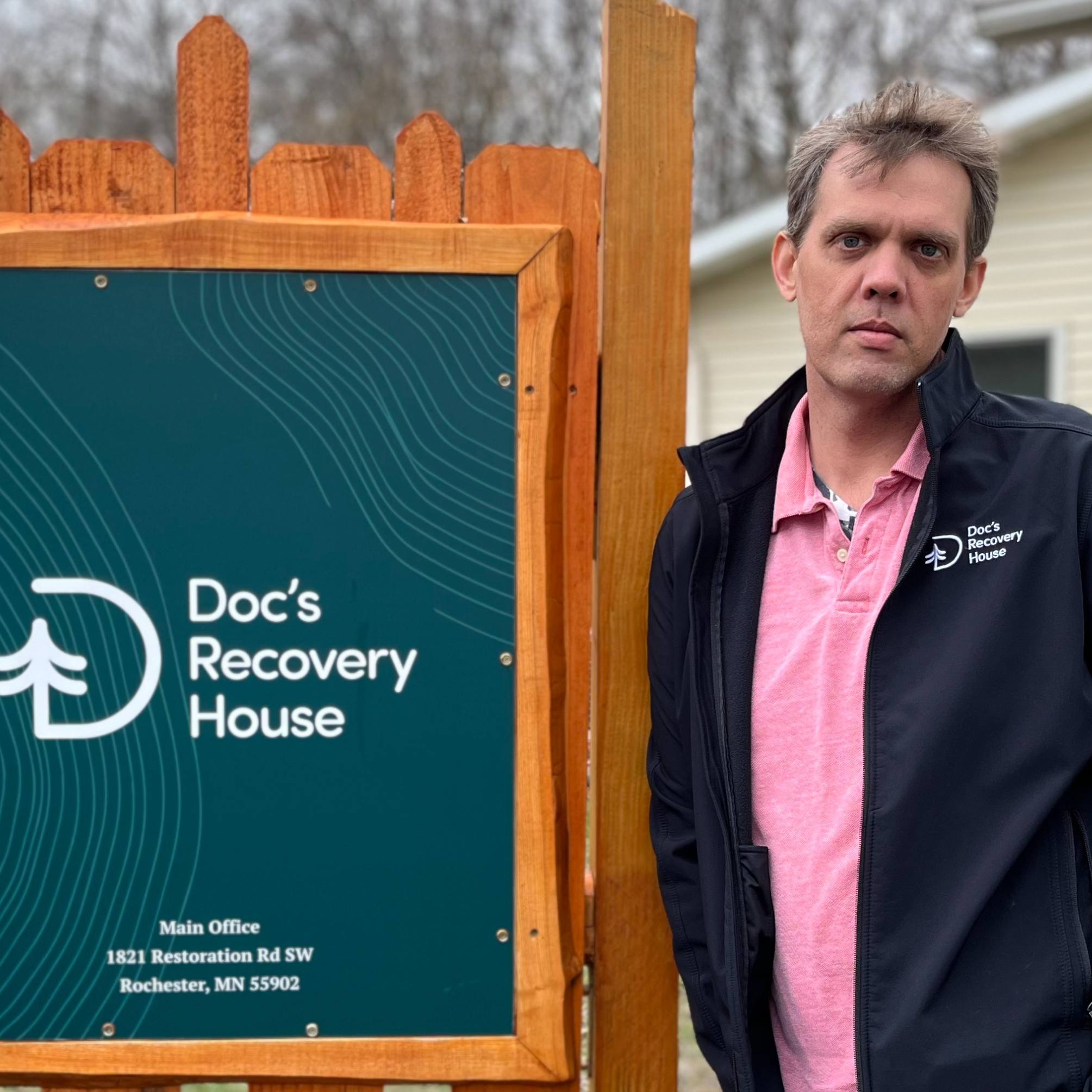-
Mayo Clinic Q and A: Living kidney donation can start a chain reaction

DEAR MAYO CLINIC: I've signed up on my driver's license to be an organ donor if I die. It's important to me. I've also considered being a living kidney donor. I don't personally know someone who needs a kidney, but I've seen billboards and other advertisements from people seeking a kidney donor. Does that have something to do with a donor chain? I am not sure how it works. I'm a little scared and not quite ready to commit.
ANSWER: First, thank you for considering making a difference in the lives of others with the gift of life through transplant. Participating in your state donor registry or the National Donate Life Registry helps people make their wishes about organ donation known in case of their death.
Living-donor transplantation is an option for some organs. For people over 18 born with two functioning kidneys, they can donate one and continue to live a healthy life. An altruistic living-donor kidney transplant chain begins when someone donates a kidney without a specific individual in mind. That can start a chain effect of donors.
Another way to begin a chain is if a person intends to donate to a family member or friend, but they aren't a direct match. Instead, the person donates to someone else who is a match, and that individual's donor then donates either to the original intended recipient or starts a chain effect of individuals whose donors aren't necessarily a direct match to them, allowing many people to get transplanted.

There's no limit on the chain. It can occur within one transplant program or at multiple transplant programs. In fact, we've had chains that have involved the Mayo Clinic Transplant Center at our three campuses in Rochester, Minnesota; Jacksonville, Florida; and Phoenix; as well as at several institutions around the country.
Kidney function is necessary to live. These two bean-shaped organs remove waste from the blood by producing urine. They play a role in controlling blood pressure, fluid balance, red blood cell counts and more. Living with one healthy kidney is possible, making living kidney donation an option.
What I always tell potential donors is that coming forward as a potential donor is a commitment to find out information; it's not a commitment to donate. You can come forward, learn a little bit and decide it may not be for you.
Learning more about the living organ donor process often helps calm people's concerns. While any medical procedure has risks, you should know we expect living donors to live a completely normal life after donation with no restrictions in terms of activities or diet. Typically, donors have a short stay in the hospital, about a day or two. The recovery period is six to eight weeks, but donors often feel back to normal within one to two weeks after donation.
Potential donors go through an evaluation online with a basic screening and health questionnaire. Then a donor coordinator contacts you to discuss. If you decide to pursue donation and are a potential candidate, further medical evaluation is done.
The more people we bring into the donor candidate pool, the more benefit to everyone who is waiting for a kidney transplant. We encourage people to reach out among their community members to ensure we have equal opportunity and equal access of living donation to everyone who might need a donor.
The biggest thing I would say is thank you to all of our donor heroes — the deceased donors and their family members and our living-donor heroes who inspire us to do what we do every day. — Shennen Mao, M.D., Transplant Surgery, Mayo Clinic, Jacksonville, Florida







